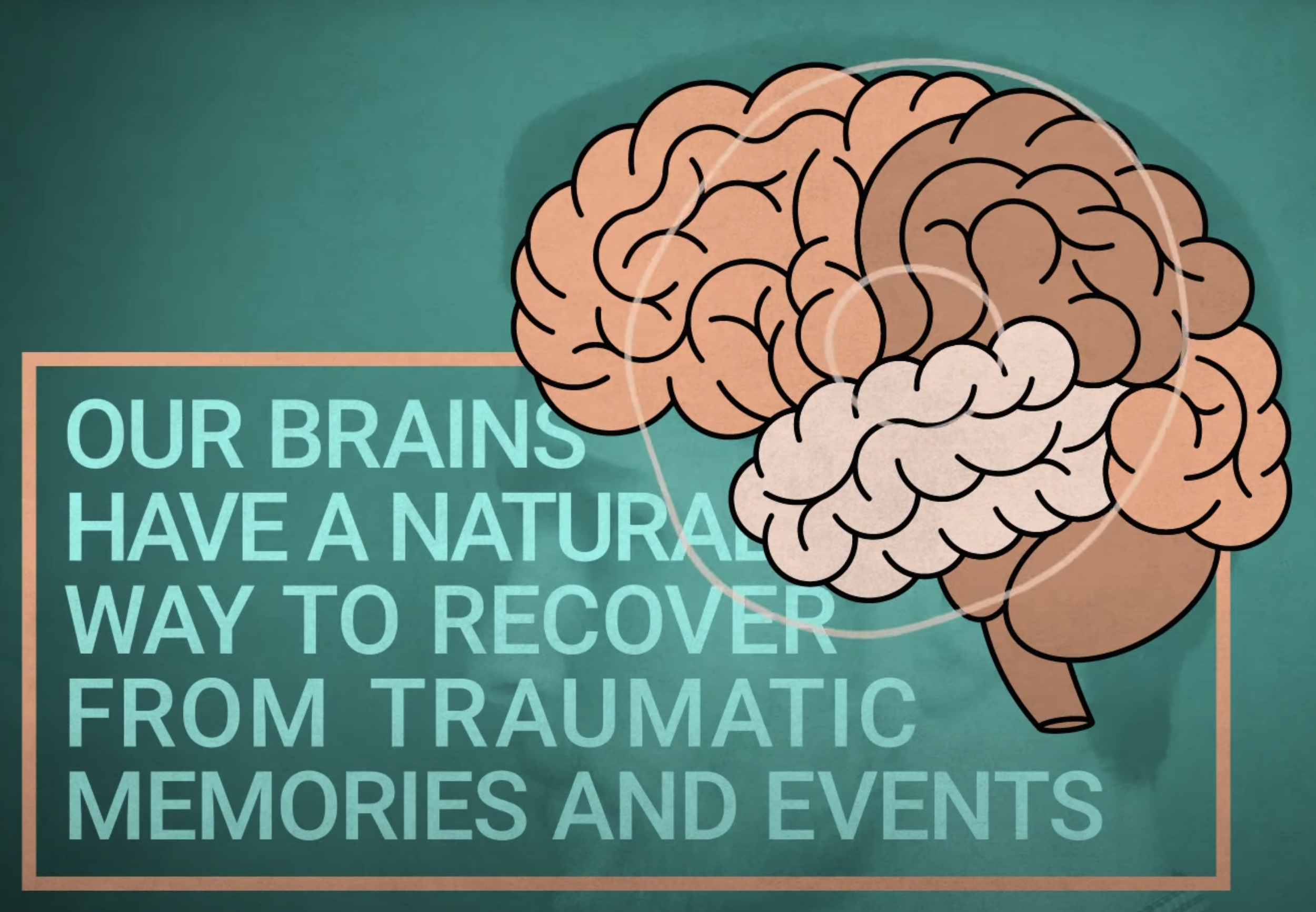Eye Movement Desensitization and Reprocessing
EMDR
What is EMDR therapy?
EMDR combines a wide range of psychotherapy models such as psychoanalysis, CBT, somatic, and exposure therapy.
The healing occurs in the process by changing the emotions, behaviors and thoughts resulting from the distressing event. New memories networks are established, and images, thoughts and sensations previously associated with the traumatic or distressing event are stored in different areas of the brain which allow for resolution and healing.
If you’ve tried other traditional talk therapies and haven’t yet found relief, EMDR might be a good option for you.
An Introduction to EMDR Therapy
8 Phases of EMDR
-
In this phase, I’ll gather information about your history, and identity targets (distressing events) to work on in sessions.
-
We’ll establish our therapeutic relationship further, and I’ll explain in more detail, what you can expect throughout EMDR treatment. This is where you’ll have an opportunity to learn a variety of coping, stabilization and regulation skills to be used if any emotional distress arises during sessions.
-
Together, we’ll identify different parts of the trauma such as emotions, negative beliefs that you currently hold related to the trauma, and somatic or body sensations associated with the memory.
-
We’ll begin to use bilateral stimulation (i.e, eye movements, tapping, sounds) to address the targeted memory and reduce the intensity of distress, allowing for new beliefs, emotions, and body sensations to emerge.
-
We’ll strengthen the positive belief that you want to associate with the identified target.
-
Many of the symptoms of trauma live in the body. We’ll assess for residual somatic symptoms in the body and process them.
-
This is a time at the end of each session when we revisit the skills we used earlier in the preparation phase, to bring you back to a state of regulation before ending the session.
-
Each week, we’ll spend a brief period of time exploring the identified target to see if the level of distress has changed, and if there are any new beliefs associated with the event.
EMDR FAQs
How Long does EMDR Take?
My EMDR Sessions last anywhere from 60-90 minutes depending on the individual and insurance coverage. In some situations sessions can be 45 minutes. Each “target” takes on average 8-12 sessions to “clear”. “Clearing a target” means that you’re reporting “no distress” when thinking about the previously distressing event.
What to expect after EMDR
Imagine you’ve been walking around for years with a bag full of rocks on your back which is causing you pain, stress, and suffering, yet you’re physically unable to put it down. After EMDR treatment, the goal is for you to be able to put the bag down, walk away from it, and look back at it without experiencing any distress.
what if i’m already seeing another therapist?
EMDR therapy can be a really nice compliment to traditional talk therapy models. I am able to take on clients specifically for EMDR treatment while they continue their traditional talk therapy with their established therapist.


